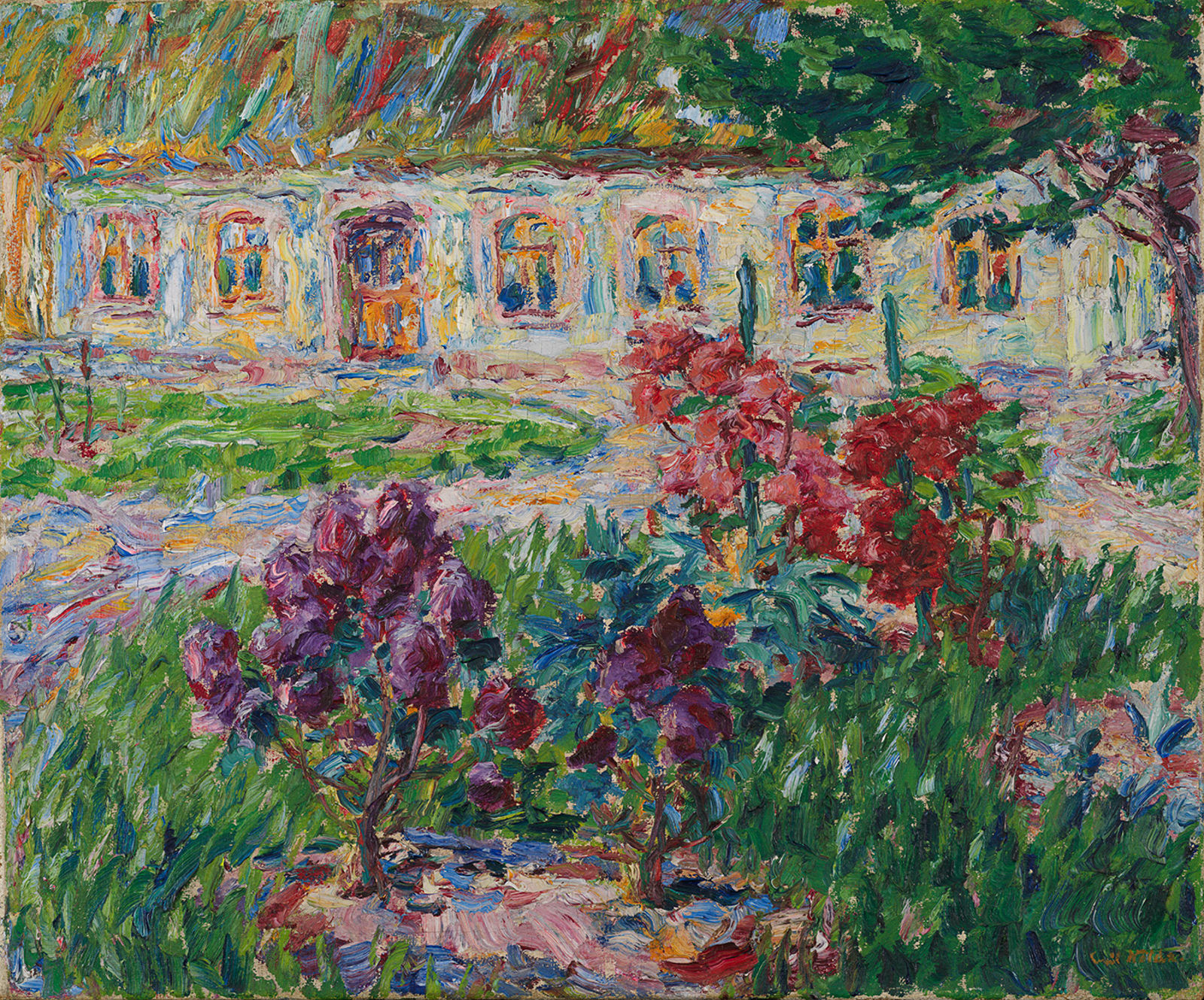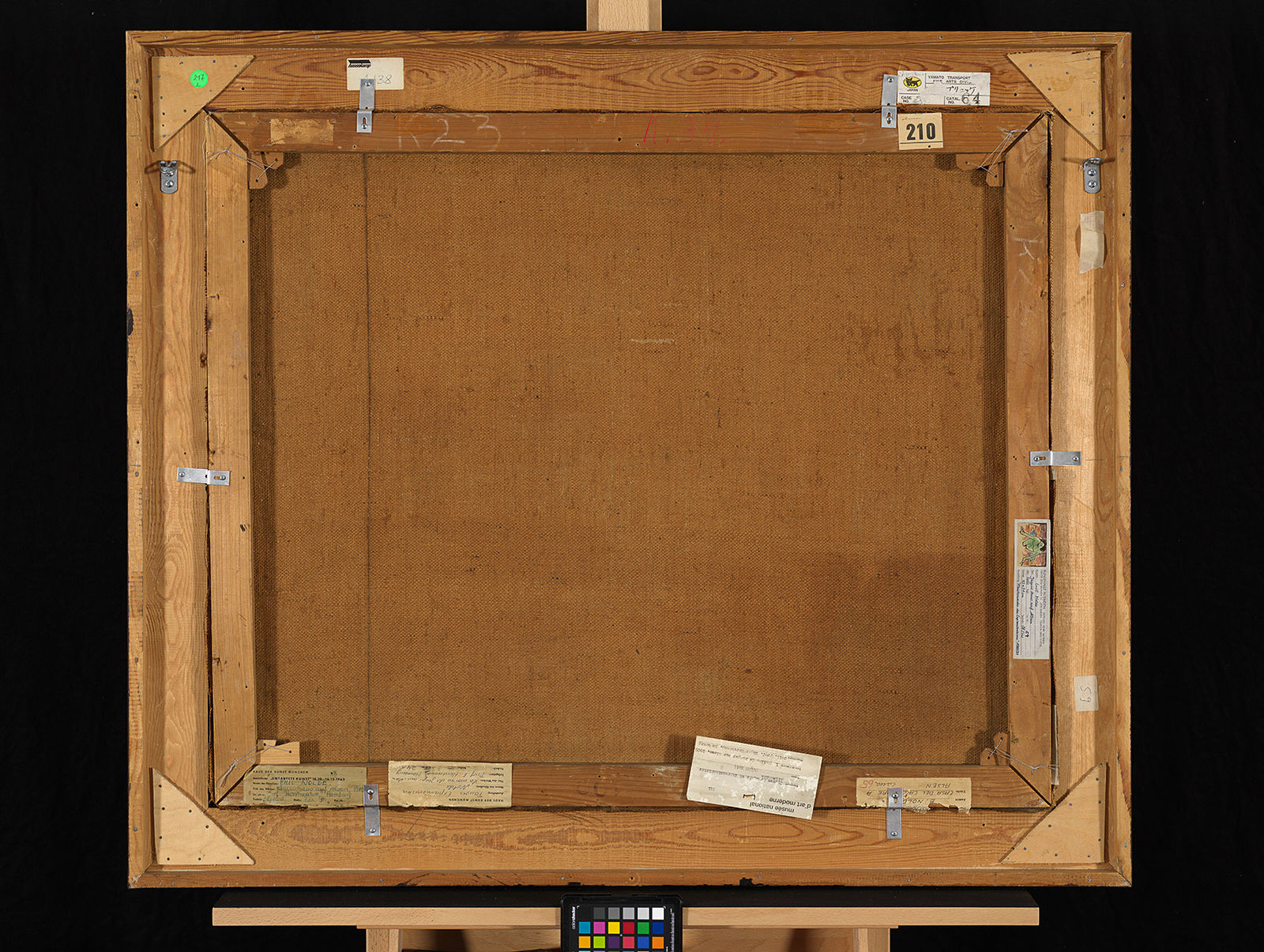(Felix Denk, Johann Voigt)
Are We Still Allowed to Listen to Michael Jackson?
… or to award prizes to Roman Polański, or to perform Richard Wagner? Our authors argue about separating art from the artist.
Yes: Muting everything and everyone all the time is dangerous and authoritarian, says Felix Denk
The American rapper Jay-Z sits down to talk to David Letterman for a Netflix show. Now sporting a bushy beard, the talk show host asks whether everything rappers rhyme about is actually true. A very simple yet extremely complex question, since it goes right to the heart of an art-theoretical debate that is much older than old-school hip-hop. But Jay-Z doesn’t have to think for long: “Of course not.” Ninety per cent of it is obviously made up.
Letterman might as well have asked: Are we allowed to separate art from the artist? We are not just allowed to, we have to, would be the answer. At least according to Jay-Z, Roland Barthes, Michel Foucault, and many other poststructuralists. In the debates about R. Kelly, Michael Jackson, Roman Polański and all the rest, it is astonishing that the creators often merge completely with their work.
Some things are not a question of art, but of justice
In the 20th century, great theoretical efforts were made to separate author and work. And this was done with the aim of putting an end to the cult of genius that had arisen during the Romantic period: it is no longer the author that has interpretational sovereignty over the work, but the reader. Roland Barthes’ essay “The Death of the Author” is one of the sacred texts of the 20th century for a reason: it contains immense empowerment; it invites us to think for ourselves. Unlike the mentally lazy hashtag activism that mutes so many important critical debates as soon as any allegations arise.
Let’s not be so naive: even someone who could write the bassline of the century like the one in Billie Jean might also be an evil scumbag who belongs behind bars. Great art is also made by bad people. Michael Jackson was one of those. And of course it is wrong that he got away unpunished. Assaults, abuse and violence deserve to be punished. But they are a question of justice, not art. I don’t like listening to Michael Jackson any more either, but not everyone who has committed a crime has to be silenced outright as an artist. I think this rigorous muting is dangerous.
Are artists now only allowed on stage with a permit?
The logical conclusion to this would be that only the work of impeccable people with clean records may be considered art. This idea is oppressive and strangely authoritarian. Where would that lead? Would only certain people be allowed to express themselves creatively? Would there need to be an occupational ban for all those who have fallen foul of the law? Then there would be no hip-hop or Pussy Riot. Would we even still be allowed to criticise art that is legitimised by the moral purity of the artist – since it is so well-intentioned? Wouldn’t it ultimately have to be approved by someone as art? Which authority would issue this permit? Would it be like back in the GDR, where you needed a so-called Pappe, a permit to perform on stage?
Of course Richard Wagner was antisemitic. But his music is not antisemitic. The conductor Daniel Barenboim would give anyone demanding that Wagner be muted a piece of his mind. Barenboim conducts Wagner, even in Israel. That is courageous, but necessary in order not to stifle the examination of such a difficult composer. Otherwise, mute would all too often be moot.
Felix Denk writes about the political dimension of music, literature, cinema, food and drink. If his work wasn’t always about injustice, shadiness and moral depravity, he wouldn’t have been doing this job all these years.
No: Our attention is political – withdrawing it can make society better, counters Johann Voigt
Emil Nolde, Richard Wagner, Leni Riefenstahl, Woody Allen, R. Kelly, Kevin Spacey, Roman Polański, Michael Jackson, Peter Handke, Gzuz. Regardless of the artistic movement, regardless of the generation: I am perpetually expected to learn to separate art from artists who have behaved wrongly. Why is that?
This demand has become as empty a phrase as “art comes from artisan.” And not only is this no longer appropriate, it never was. This separation conveys that artists are untouchable geniuses who decouple themselves from society and their private self when they create art. This has never corresponded to reality: artists are not mythical bipolar creatures – art-producing robots on the one hand, human beings on the other. They always create as the people they are, in line with the values they share.
The conflict between being a fan and maintaining a stance is painful …
So, we should definitely think about the person behind what we are listening to, reading and watching – and please evaluate them accordingly. Above all, so that we do not simply unthinkingly wave through reactionary, discriminatory and sexist attitudes, just because we encounter them as art.
Richard Wagner, for example, is rightly perceived as a genius by many classical music fans. At the same time, he was an ardent antisemite who wrote the anti-Jewish pamphlet Das Judenthum in der Musik (Judaism in Music) under a pseudonym.
You can obviously listen to Wagner without knowing about this or without thinking about this text while listening. But it is ignorant. Ignorant towards the victims of the Holocaust, towards all those who were dispossessed, denaturalised and persecuted, as well as towards all Jews who are still alive and for whom antisemitism is still part of everyday life. We are allowed to listen to Wagner. But not without condemning him for his stance. Even if the possible conflict – between the fan you might once have been and the stance you are now maintaining – is painful.
… but it is a chance to make a difference.
The dilemma becomes even more apparent with today’s acts, especially in rap, which strives for authenticity. Many careers are built on the assertion of being real. One example of this is Gzuz. People believe what he raps. Even if women are having their drinks spiked or being sexually harassed or “torn to shreds” backstage. Whether this is a matter of artistic freedom or not, what the alleged artist Gzuz brings on stage is nothing other than the ideas of Kristoffer Jonas Klauß (Gzuz’s real name).
Anyone who can listen to these songs with a clear conscience and unthinkingly give problematic artists a stage is not only sneering at the people suffering as a result of this art or its creators, they are also wasting a social opportunity: every click on Spotify or Netflix, every cent in the bookstore or cinema is also a political commodity – with which we declare our agreement with existing structures. As long as they are bringing in money, problematic artists also have a great reach. Nobody has to support that.
One Johann Voigt writes about pop for taz, Die Zeit, and Das Wetter. The other watches the same Slovakian graffiti video three times in a row and is happy about it.
Published on Fluter.de, March 9, 2020



